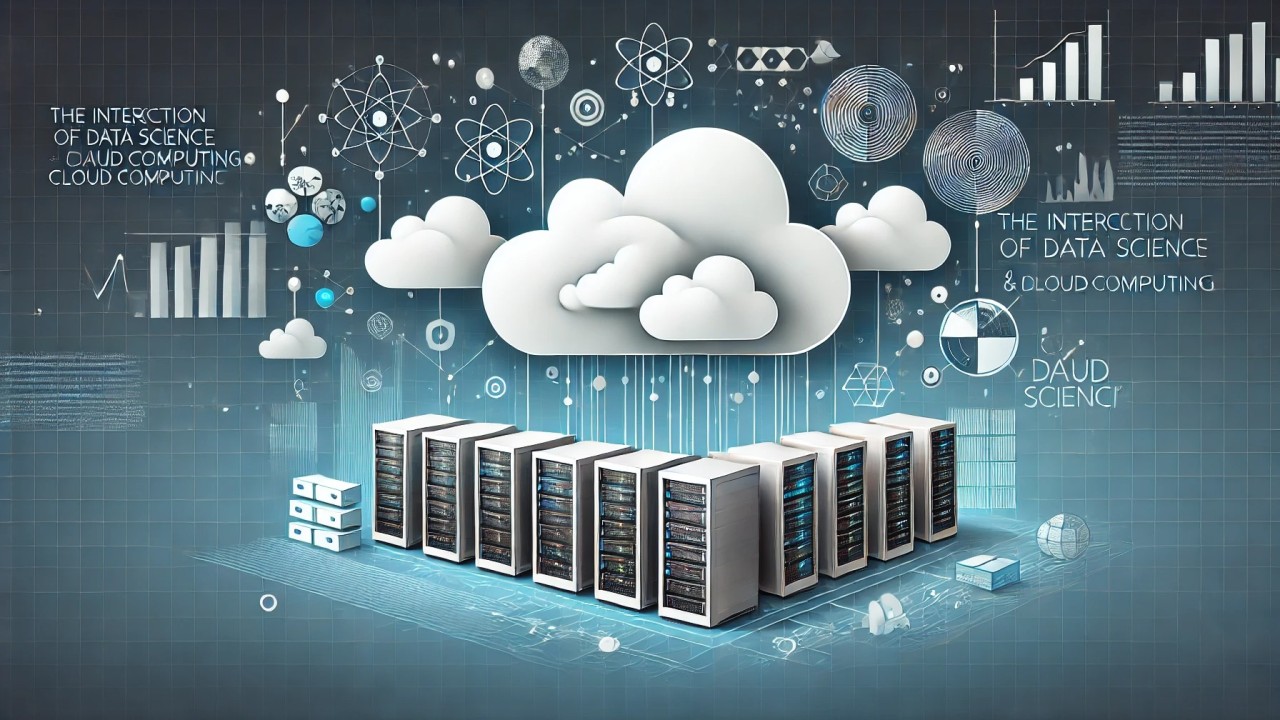Cloud archiving has become an increasingly popular and effective solution for companies and enterprises seeking to store and manage their data safely in the long term and with an increasing number of organizations transferring their data and operations to the cloud Applying an effective cloud archiving strategy is critical to ensuring that data is preserved, accessible and standards compliant in this article we will learn about some best practices to consider when applying cloud archiving, and reading.
What is cloud archive?
Cloud archiving is the process of storing digital data on remote servers accessible online (for example: electronic archiving fekrait software), rather than local storage devices.
The cloud archiving process allows companies and individuals to safely store and manage their data offsite, providing advantages such as:
- Scalable storage: Cloud archiving services can easily expand or reduce to meet changing storage needs, without the hassle of managing local devices.
- Cost-effectiveness: Cloud archiving can be more cost-effective than maintaining physical storage infrastructure, with users typically paying monthly or annual fees based on their use of storage.
- Accessibility: Data stored in the cloud can be accessed from anywhere connected to the Internet, facilitating file sharing and collaboration.
- Disaster recovery: Cloud archives are usually stored in geographically distributed data centers, providing repetition and protection against local disasters or hardware failures.
- Compliance: Many cloud archiving services offer features to help organizations meet regulatory requirements for data retention and security.
Cloud Archives Working Mechanism
Cloud archiving as we have indicated is a solution to store and manage data, based on cloud computing technology to store and manage data that is rarely securely accessed offsite.
Key aspects of how cloud archiving works are:
1. Data transfer and internalization:
The first step in cloud archiving is to transfer data from local or local storage systems to the cloud storage platform This is usually done via an Internet connection, where users or IT officials using the best electronic archiving software upload data to the cloud service provider's servers Cloud archiving services with the most powerful electronic archiving and document management software often provide tools and tools to automate and streamline data internalization.
2. Remote Secure Storage:
Once data is transferred to the cloud, it is stored on the remote cloud service provider's servers, located in its data centres, and the data is stored in a secure and repetitive manner, keeping multiple copies of it in different geographical locations to ensure continuity and availability of data.
3. Access & Retrieval:
Users can still access and retrieve it when needed, although remote data is stored in the cloud, cloud archiving platforms usually provide web interfaces, app programming interfaces, or other access methods that allow users to search, view and download archived data from anywhere connected to the Internet.
Best practices for implementing cloud archiving
Cloud archiving provides a flexible, scalable and cost-effective way for companies and individuals to store and manage their digital data. These are best practices for their implementation:
1. Select your archiving needs
The first step in applying a cloud archiving solution is to thoroughly assess your organization's data storage and archiving requirements. This includes assessing the types of data you need to archive, their size and growth rate, the required retention periods, and any compliance or regulatory requirements that must be met. By clearly identifying your archiving needs, you can choose the most appropriate cloud archiving software and configuration to achieve your goals.
2. Prioritization of data layers
One of the most important benefits of cloud archiving is the possibility of utilizing different storage layers to improve cost and performance, and instead of storing all the archived data in the most expensive and highest-performing storage systems, it is recommended to use the strategy of breaking down data into layers, including storing the most used data or data of utmost importance in storage units "Hot" for quick retrieval, with less active data transferred to storage layers "Cold" or "cold" are more cost-effective, but require slower arrival times.
3. Ensure data durability and repetition
When attributing your organization's important data to a cloud archiving solution, it is necessary to prioritize data durability and repetition, look for a cloud electronic archiving system that provides features such as data repetition, erasure encoding, and multi-site storage to protect against data loss, damage or unavailability.
4. Effective access controls
Effective access management is critical to secure your cloud-archived data! You have to apply strict access controls, including multi-factor authentication, role-based authorizations, and detailed access policies, to ensure that only users and authorized operations have access to, retrieve or modify archived data. In addition, consider integrating your cloud archiving solution with your IAM for centralized user management.
5. Automation of archiving workflow
To streamline the cloud archiving process and ensure consistent and reliable data management, take advantage of the automation capabilities of your cloud archiving solution. This may include automated data classification, retention policy management, the ability to schedule periodic archiving tasks, and ensure that this workflow automation helps reduce the risk of human error, improve efficiency, and properly manage your archived data over time.
6. Maintain data integrity and compliance
Compliance and data integrity are key considerations when applying a cloud archiving solution , make sure that your cloud file archiving software supports features such as data safety checks, recording the audit, the ability to apply retention policies that conform to your organization's compliance requirements, In addition, keep up-to-date with cutting-edge data protection regulations, and make sure your cloud archiving practices and policies are compliant.
7. Development of a comprehensive disaster recovery plan
Although cloud archiving provides better data durability and replication, it is essential to develop a comprehensive disaster recovery plan to protect your archived data, this plan must include strategies for data backup and recovery, and the ability to recover it quickly in the event of a disaster, such as system breakdowns, natural disasters or cyberattacks.
8. Monitoring and continuous improvement
Monitoring and continuous improvement of your cloud archiving solution is critical to ensure its continued effectiveness and efficiency. Monitor key performance measures, such as storage usage, access patterns, recall times, and make adjustments to archiving policies and configurations as needed. In addition, keep abreast of the new features and capabilities offered by your cloud archiving provider, and be prepared to adapt your geoscience.

Conclusion:
Applying a successful cloud archiving solution requires a comprehensive approach that addresses your organization's unique needs and challenges. Following the best practices mentioned, you can ensure the security, accessibility and conformity of your cloud archived data, while improving cost and performance to meet long-term data management requirements.
Important Topics:
Incoming and outgoing electronic archiving (DocSuite)
Automation of automated processes
Reference:
1. << Electronic document & records management system to manage records like money>>, openaccessgovernment
2. << The importance of document storage in today’s digital age>>, citizen

Add New Comment